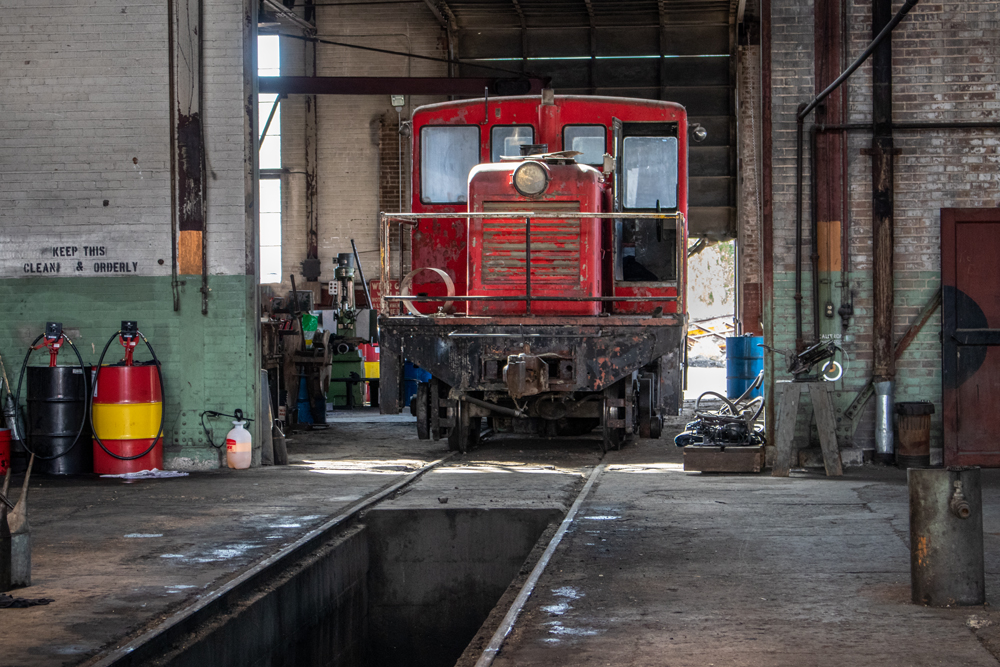
Critters in the enginehouse: There’s a pecking order that governs North American diesel locomotives. At the top of the order are the big high-horsepower locomotives produced by General Electric and Electro-Motive Division. These are followed by medium-horsepower units such as GE’s 2,300 hp Super 7 Series and Republic Locomotive‘s 2,000-hp RD20. Next are medium- and heavy-duty switchers in the 100 to 125-ton range such as EMD’s MP15AC and Peoria Locomotive Works’ PL-1500.
But at the bottom, you’ll find the “critters.”
Loosely defined, a critter is a 300-1000 h.p. light-duty or industrial switching locomotive that weighs less than 100 tons, although most tip the scales at less than half that weight.
In the 1920s, noncommon-carrier railroads and industrial customers needed a smaller, lighter, and less costly locomotive to replace the typical 0-4-0-type steam engine. The small internal-combustion locomotives that subsequently appeared were designed to handle the light rail and tight curves common to industrial railroads.
Big and little critters
Critters generally can be divided into “big” critters (44 tons or more) built for common-carrier railroads and “little” critters built for non-common carrier and industrial customers.
During the steam era, the lion’s share of the big critter market fell to GE.
A steam locomotive requires the services of both an engineer and a fireman. But the newfangled critters didn’t require a fireman. To protect fireman jobs, an agreement was reached in 1937 that allowed a common-carrier railroad to operate without a fireman if the weight of the locomotive was less than 90,000 pounds. This led to the development of the 44-tonner, which tipped the scales at 88,000 pounds.
Although 44-tonners were built by several manufacturers, GE took first prize with 334 units sold between 1940 and the end of production in 1956. Many GE 44-tonners have trickled down to short lines and industrial customers. Incidentally, several Class I railroads also owned little critters. Santa Fe, for one, bought narrow-gauge units before World War II to work its tie plant at Somerville, Texas.
Because “little” critters often are built to a customer’s specifications, they tend to be a bit quirky-looking. Many, for example, sport close-clearance cabs to clear obstructions inside cramped steel mills. Because narrow-gauge track is one way to save money on the cost of track, critters frequently are narrow-gauge.
Accessorize your critter
Both big and little critters can be fitted with optional equipment, which makes for intriguing variations on a theme. For example, some critters (such as GE’s 45-tonner) have two instead of four traction motors. Side rods connect each axle on each of the two trucks and allow the traction motor on one axle to power the unpowered axle. Although most critters ride on a single two-axle truck or two four-axle trucks, GE built two six-axle critters – and narrow-gauge units at that! Davenport Locomotive Works built a six-wheel 250-h.p. diesel-mechanical unit and two 40-tonners with a torque-converter drive (for extra pulling power). H. K. Porter Inc. went from building critter-size steam locomotives to internal-combustion critters, some of which were equipped with an electric drive and side rods.
Options usually found on larger locomotives also can be found on critters. For example, several GE 44-tonners built for such disparate owners as the Pennsylvania Railroad and Arcata & Mad River came with M.U. controls, which allowed two or more to be operated in multiple-unit configurations.
A number of Porters ride on the same AAR Type A trucks that EMD and other builders used for full-size switchers.
But the ultimate critters with big aspirations have to be the six narrow-gauge engines built by Whitcomb as cow-calf sets for Bethlehem Steel. Each half of the set is a 50-ton unit, with one big difference: the “cow” unit has a control cab, while the “calf” unit is cabless.
A critter’s life cycle
Just as critters replaced 0-4-0s, many critters are being replaced by new technology and new machines.
Many small industries have replaced their critters with Trackmobiles, which have positive road (rubber tire) and rail (flanged wheel) drive.
Still, the Trackmobile is ill-equipped to serve in the last two bastions of the critter: underground mines and underground construction projects.
Here the machine of choice often hailed from Plymouth, Ohio, home of the last major critter manufacturer, Plymouth Locomotive Works. Plymouth turned out its first internal-combustion units in 1914 and has produced more than 7,000, most of them weighing less than 25 tons. Although Plymouth has built chain- and side-rod-driven critters, most later models come equipped with torque converters. Production has now ceased but, like Harley-Davidson motorcycles and Rickenbacker guitars, Plymouth locomotives were American products highly regarded around the world.
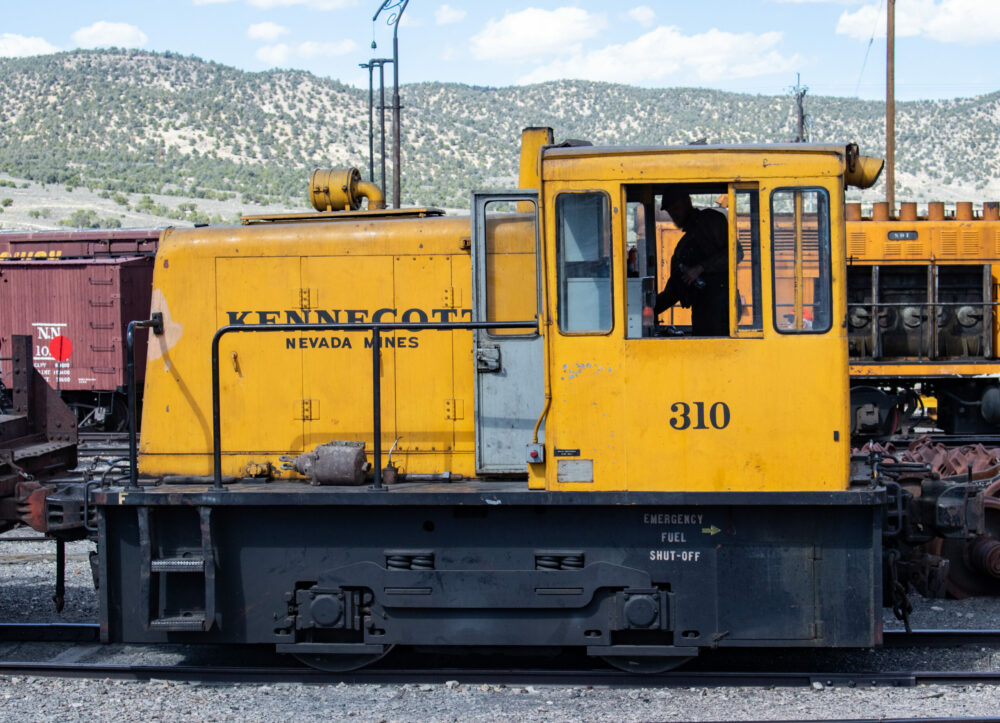






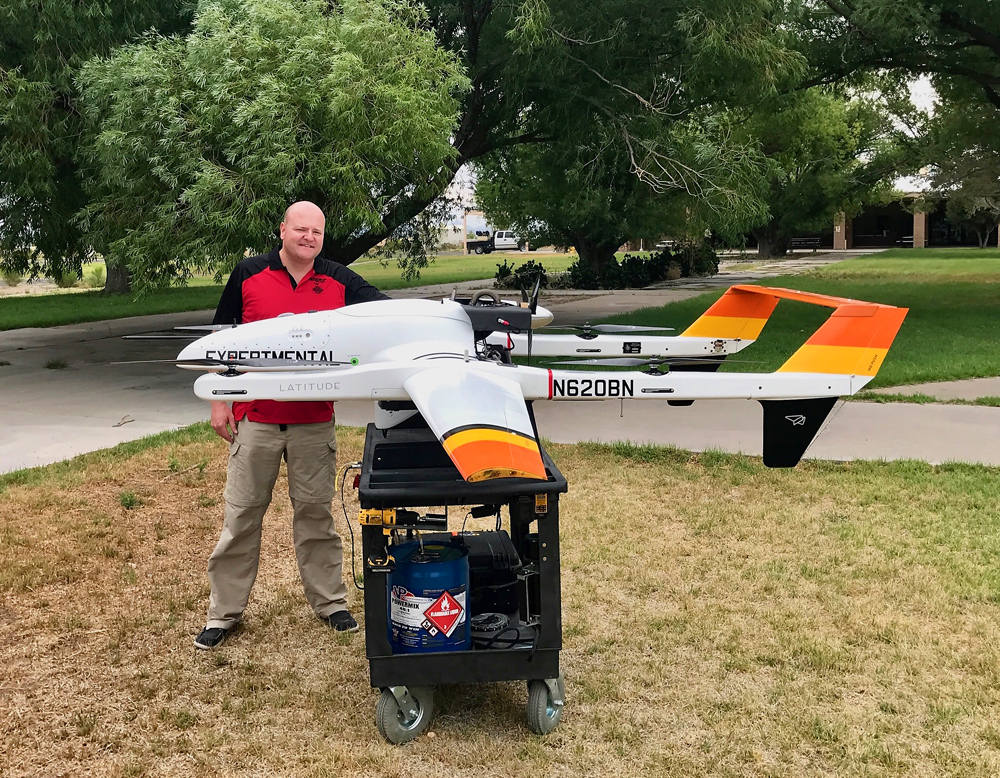
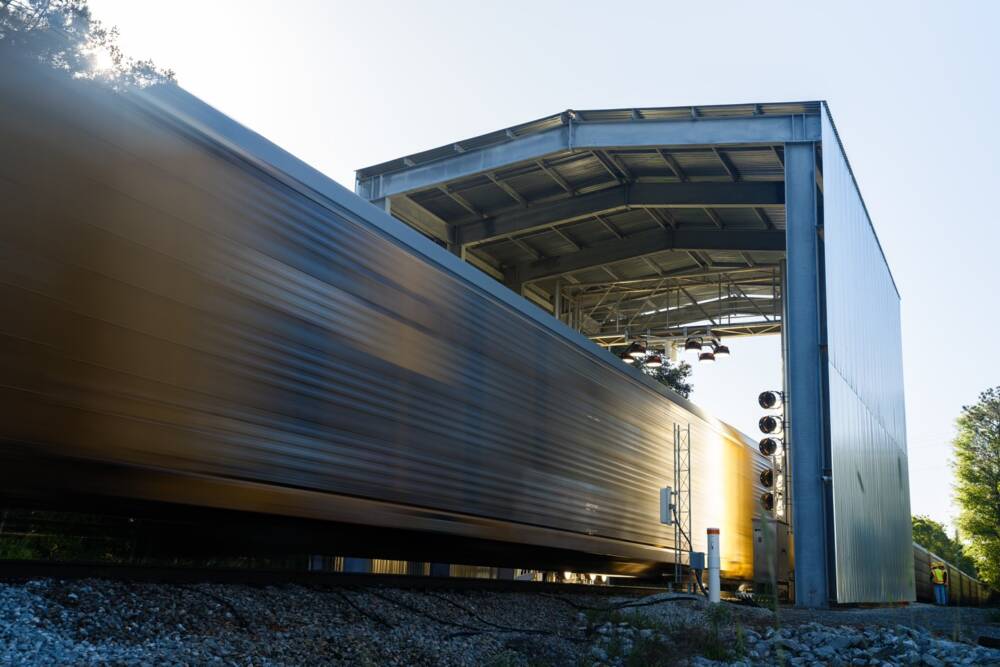
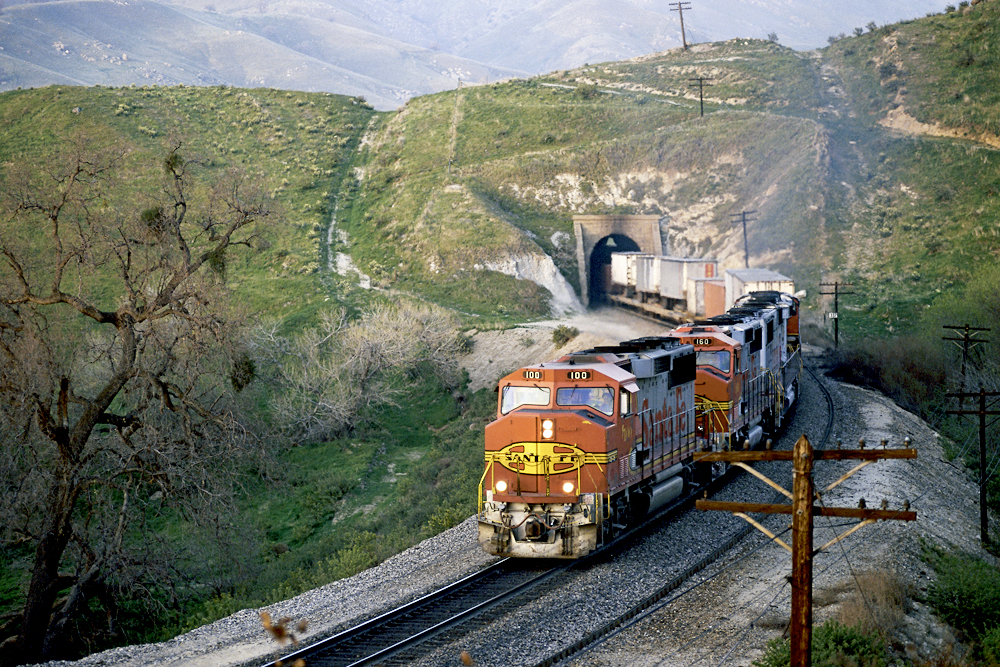
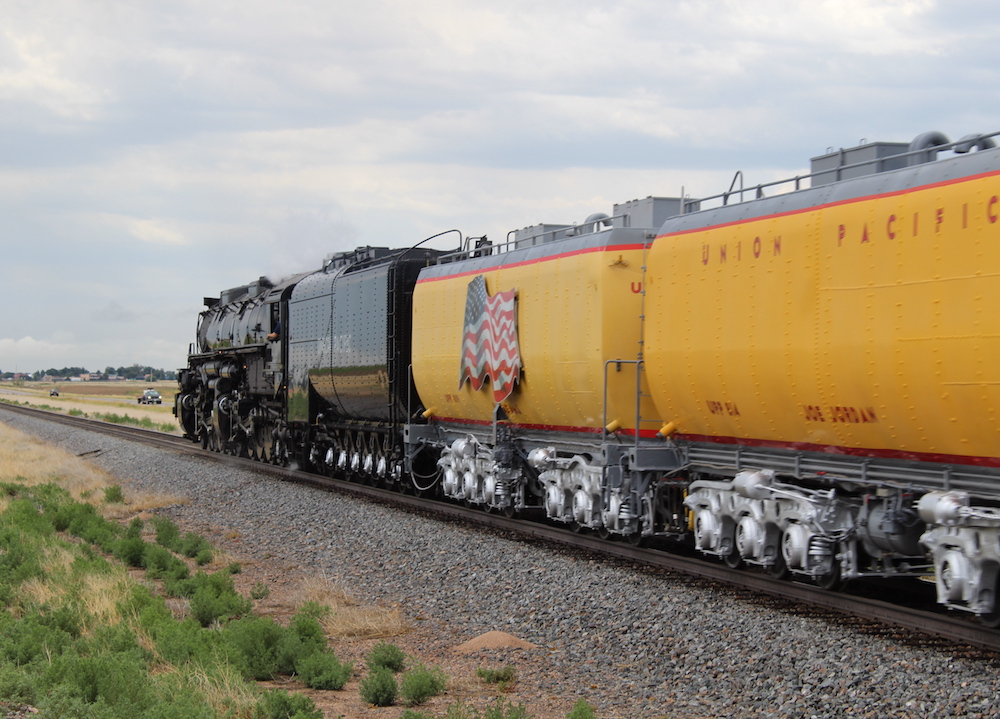




I believe that’s the first photo I’ve seen taken in late summer of 2023.